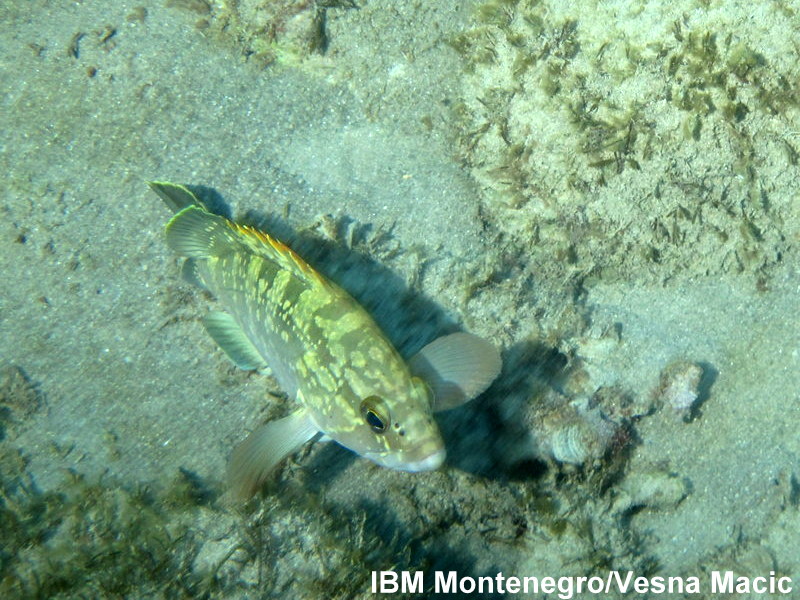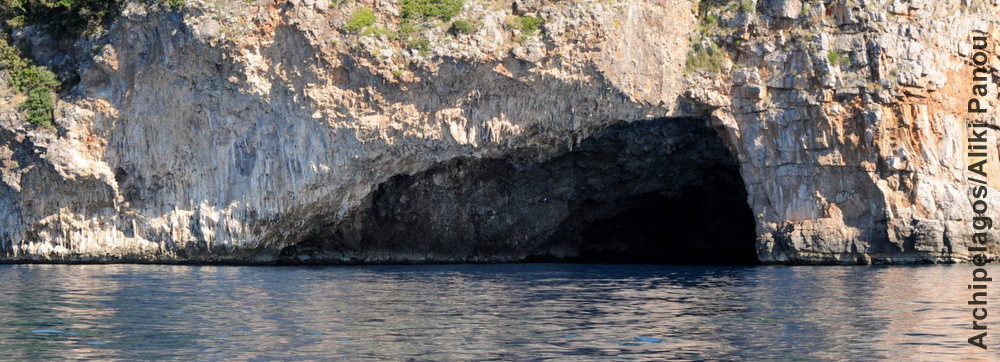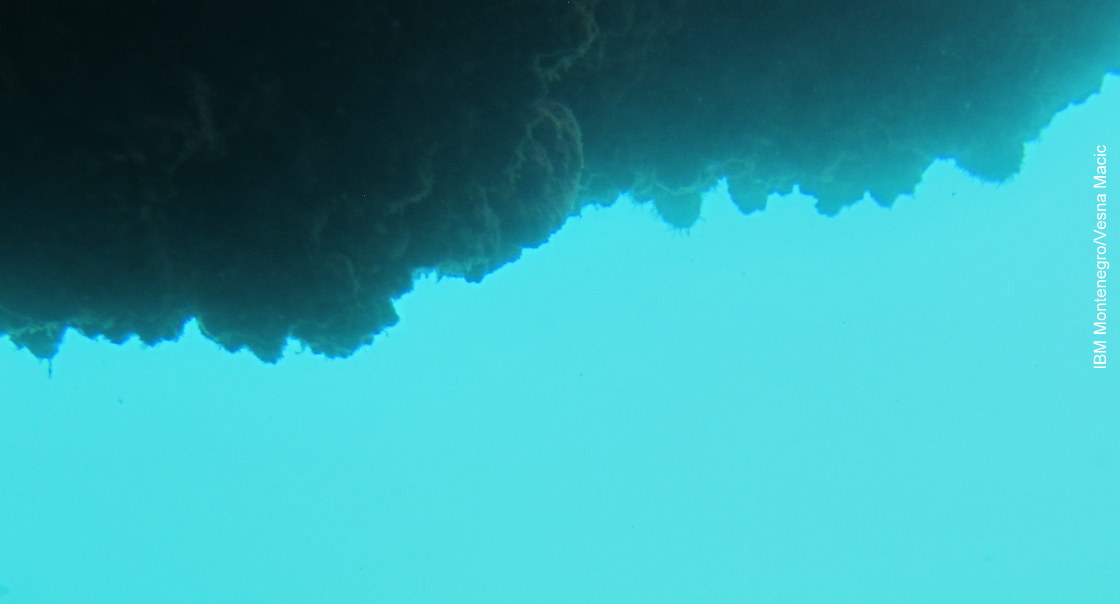

In 2013 – 2015, we recorded all marine caves with an entrance above sea level along the entire coastline of Montenegro, in cooperation with Dr Vesna Mačić, Institute of Marine Biology, Montenegro, Dušan Varda of the local NGO «Mediterranean Center for Environmental Monitoring» (MedCEM) and Miloš Pavićević of the local NGO Biospeleological Society of Montenegro.
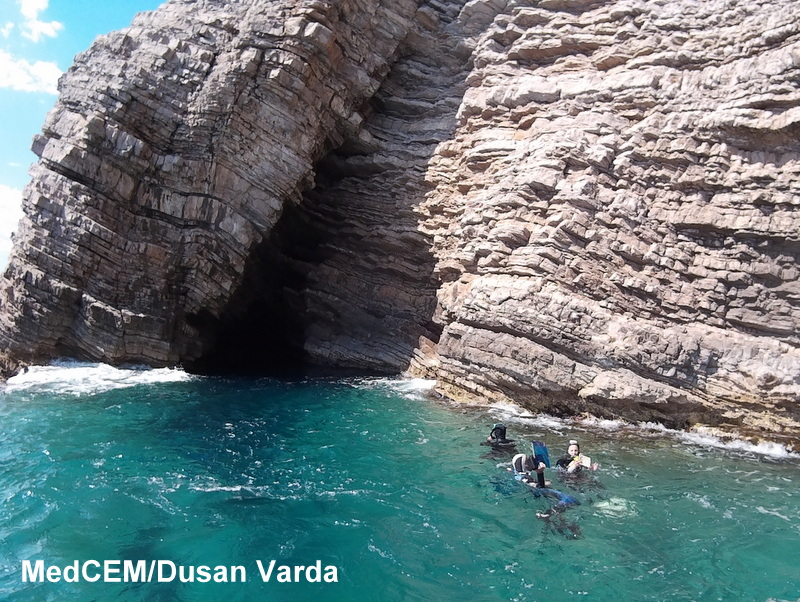
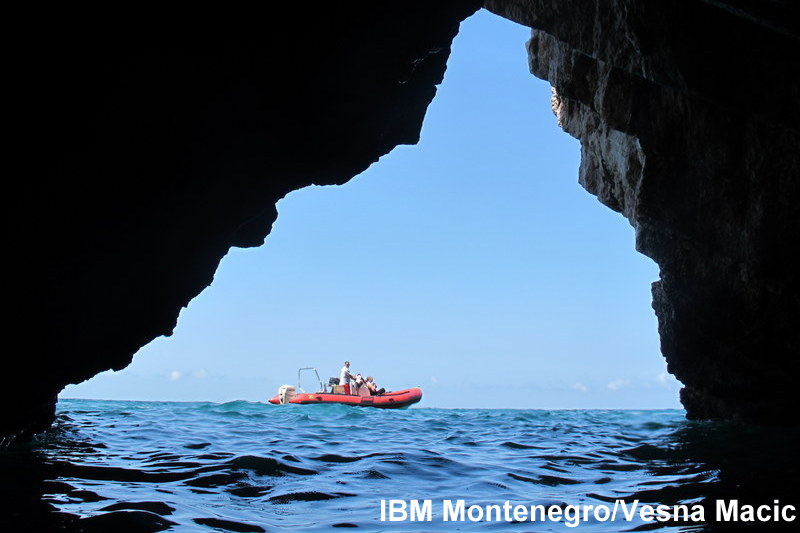
The programme was entirely financed by the company Jugopetrol AD, a subsidiary of Hellenic Petroleum in Montenegro, by decision of its director at that time, Mr. Jannis Geroulanos, followed by Mr. Andreas Triantopoulos.

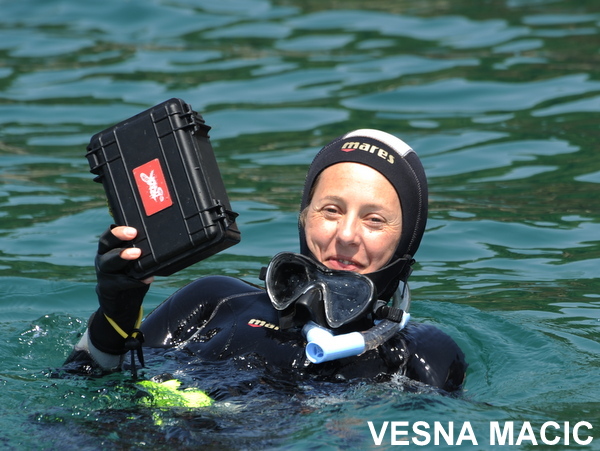
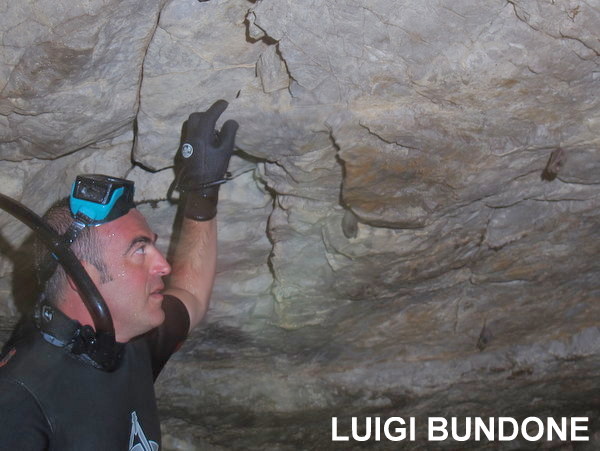
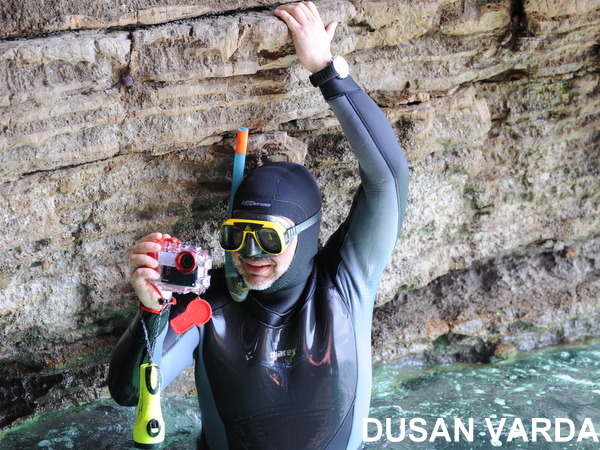

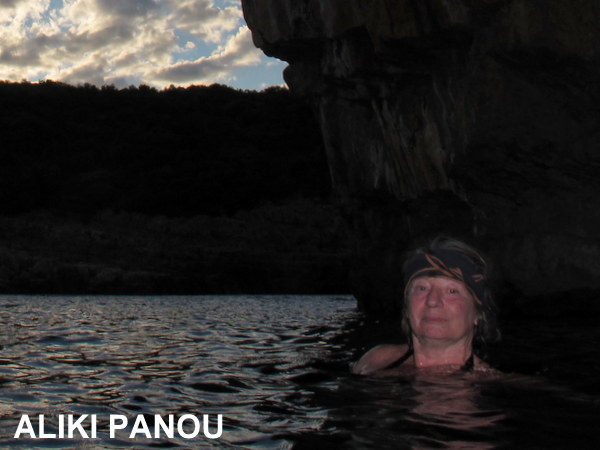

How are marine caves created?
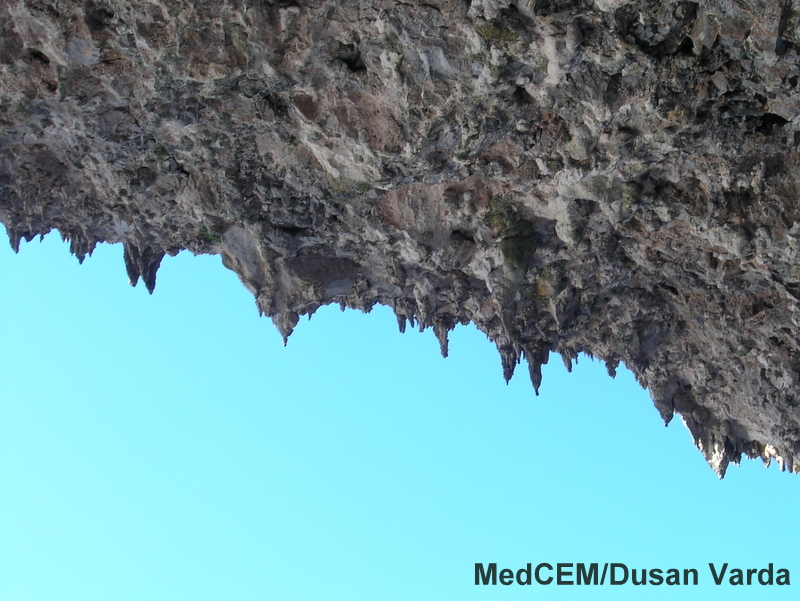
Marine caves are mainly created by fresh water running into cracks and eroding the rock over millions of years, partly building huge caverns with stalactites and other exquisite rock formations. Sometimes, the roof collapses and stalactites become visible along the cave’s entrance. The force of sea waves also contributes to the formation of sea caves.


Why marine caves?

Marine caves are an exceptional ecosystem with a unique marine life: their bottom and walls have specific communities of marine invertebrates and algae. The cardinal fish (picture right) also lives only in dark habitats.
Caves also host species of plankton which only live in caves, which are different to those in the open sea.

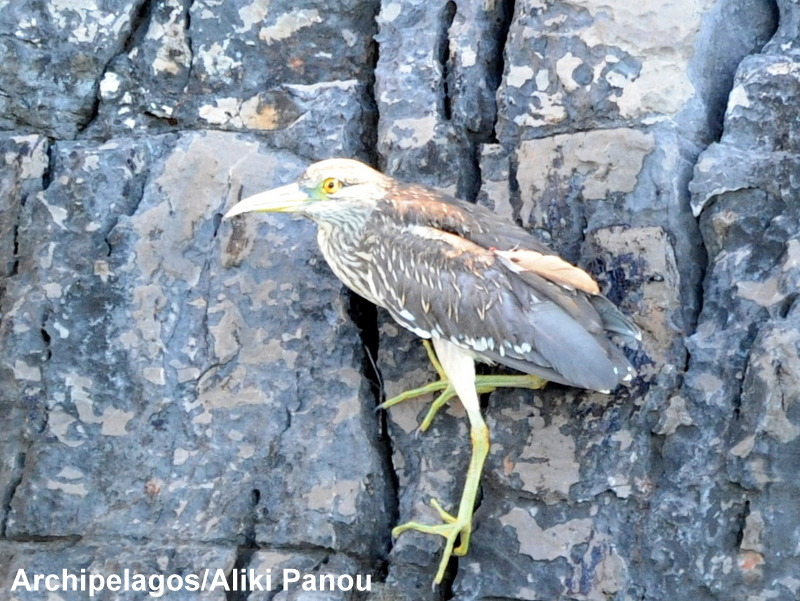
Furthermore, marine caves give refuge to endangered bats and the Mediterranean monk seal Monachus monachus, the rarest seal species in the world.
Additionally, the surrounding rocky coast is an excellent habitat for rare sea birds (picture left: heron; picture right: kingfisher) as also for rare or endemic plants.
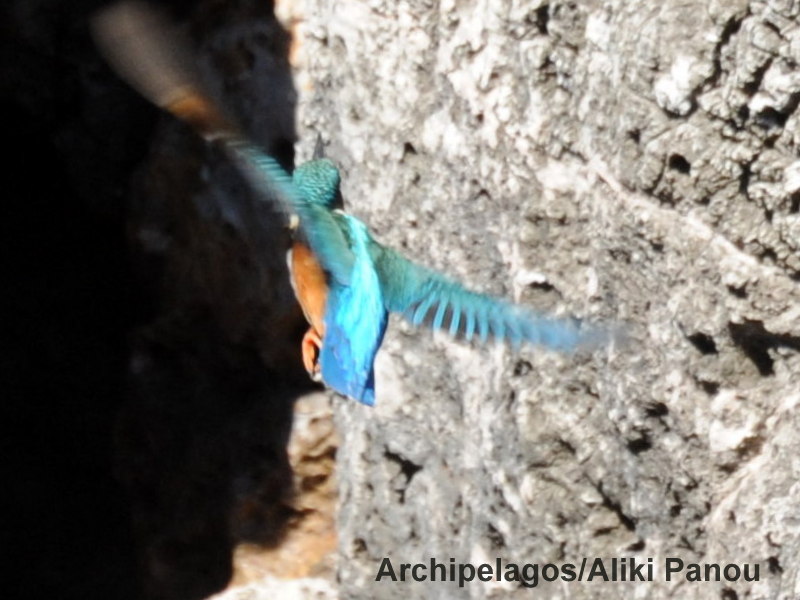

Legal status
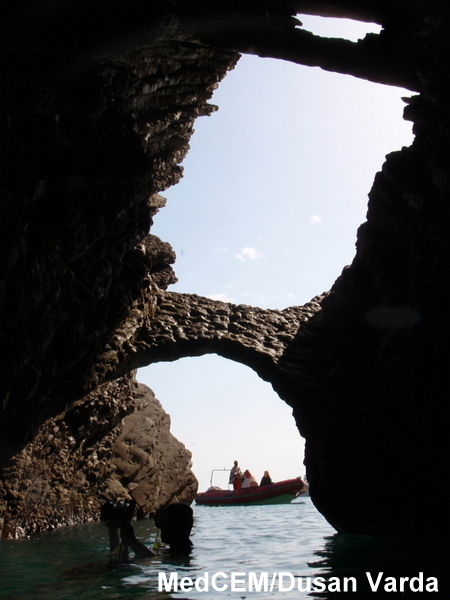
Marine caves are exceptionally vulnerable habitats which can easily be destroyed from one minute to another – by an oil spill for example or by many other external factors.
Apart from merely being beautiful, marine caves are important reservoirs of biodiversity highly representative of the Mediterranean Sea
Therefore, they are protected by EU law and also by the Montenegrin legislation.
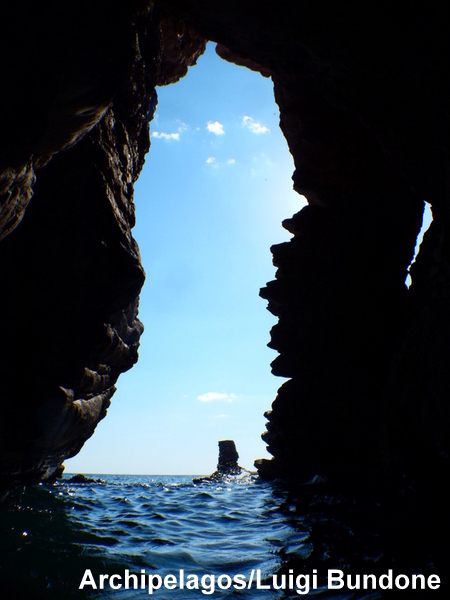
Special conditions in caves
The conditions prevailing here differ substantially from those of the open sea: with less sunlight, red algae (primitive marine plants) which differ from the green and brown algae growing in the direct sunlight, occupy the space. Deeper in the cave, where it is too dark even for red algae, sessile animals occupy the walls: colourful sponges, marine worms in calcareous tubes, etc. In the very back of deep caves, only invisibly small algae can live, painting the rock formations in beautiful colours.

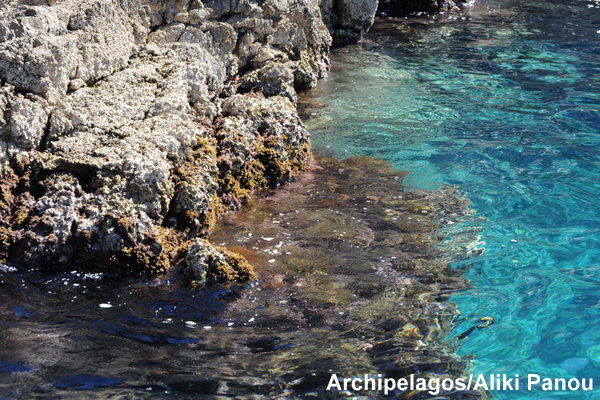

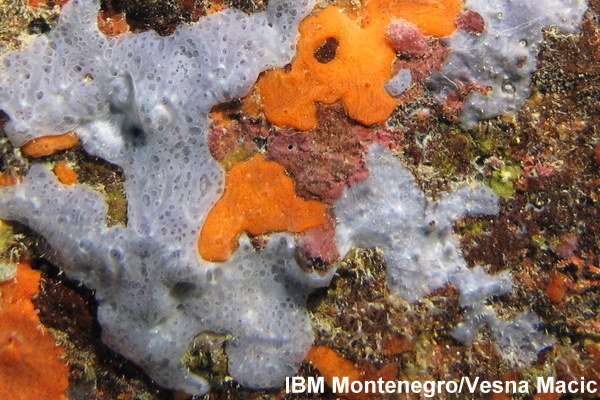
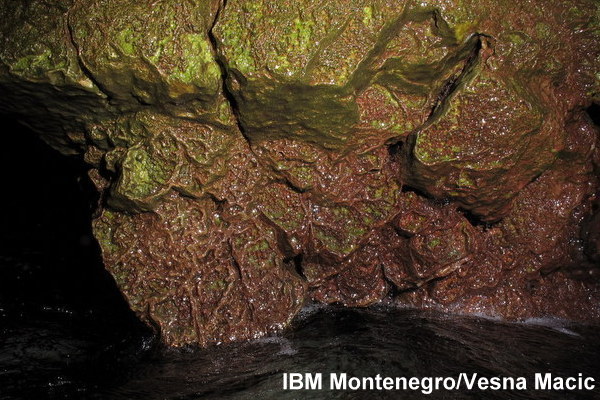
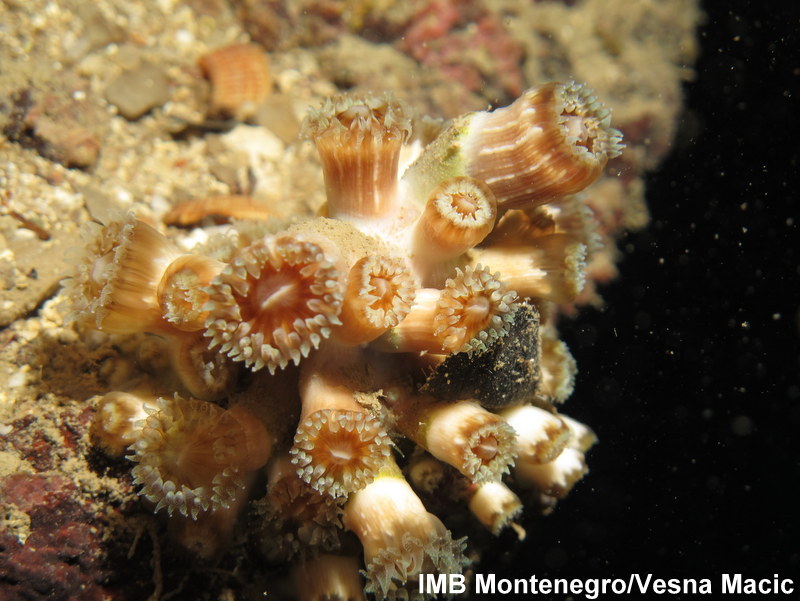
Additionally, the deeper the caves are, the weaker becomes the waves’ force, allowing fragile organisms such as the bryozoans named ‘Neptune´s veil’ (picture right) with their fragile skeletons, corals (picture left) and many other organisms to settle on the walls.


Results
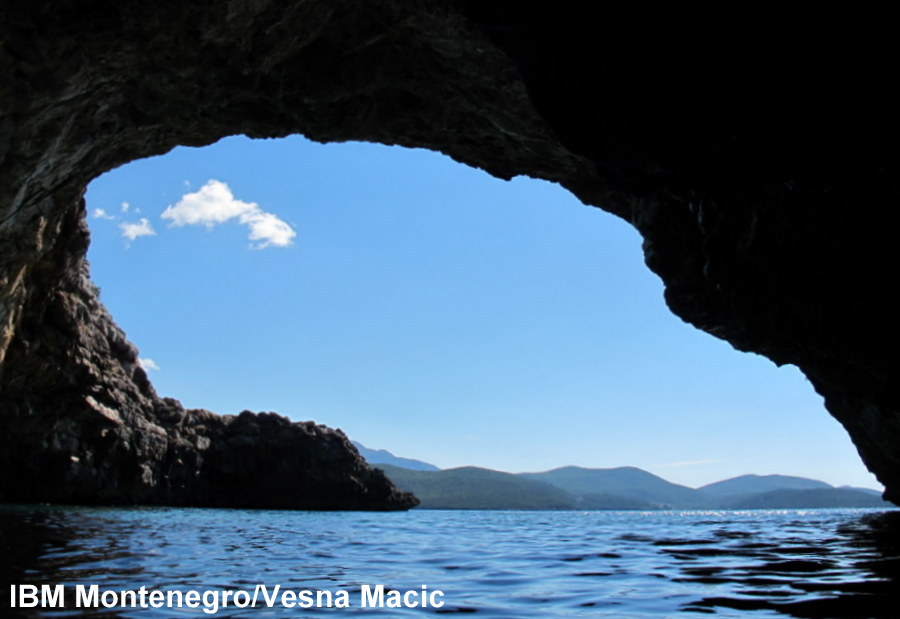
Our surveys were carried out in autumn 2013 and in spring 2014 and 2015. In total, we recorded 23 marine caves of 25 metres length and more along with many other smaller caves along the entire Montenegrin coastline towards the open sea (288 km). Some of these caves were very large and others were fairly complex: one, for instance, had a total of 9 entrances!
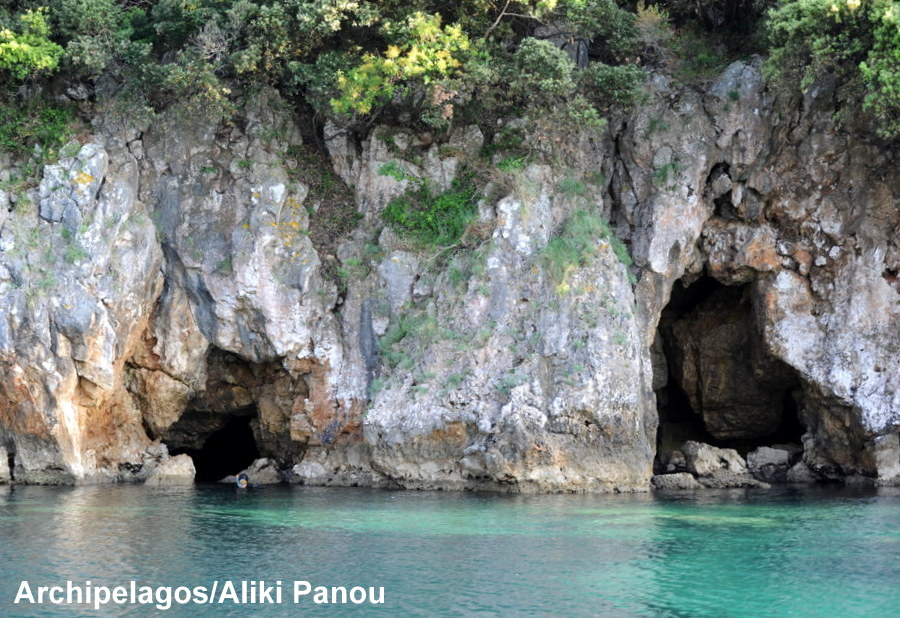
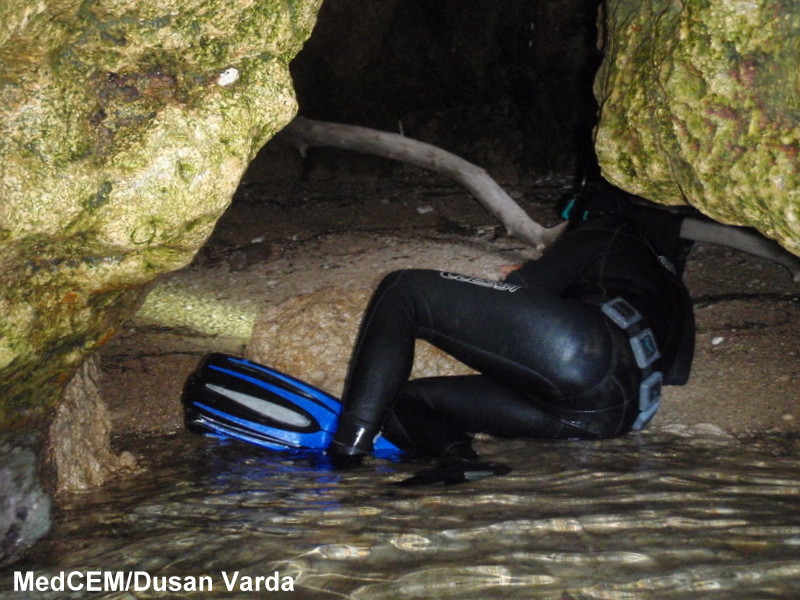
Some caves had a beach in the back, an ideal terrestrial habitat for resting and reproduction of the endangered Mediterranean monk seal but we did not see any monk seals nor found any evidence of the species´ presence.
Others had beautiful geological formations in their interior.

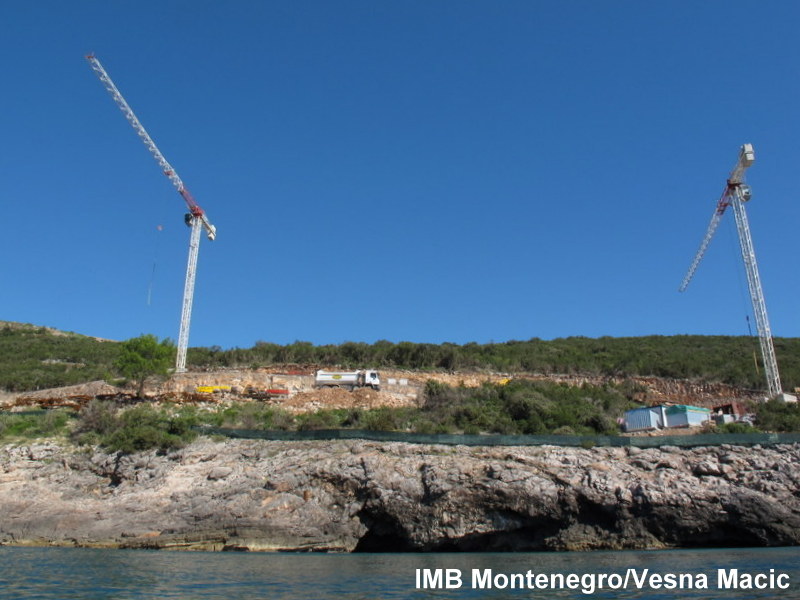
Unfortunately, a cave with such formations is in immediate danger from building activities taking place exactly above it for the construction of a tourist complex.
Picture left: the area in 2013
Picture right: the same area in 2014
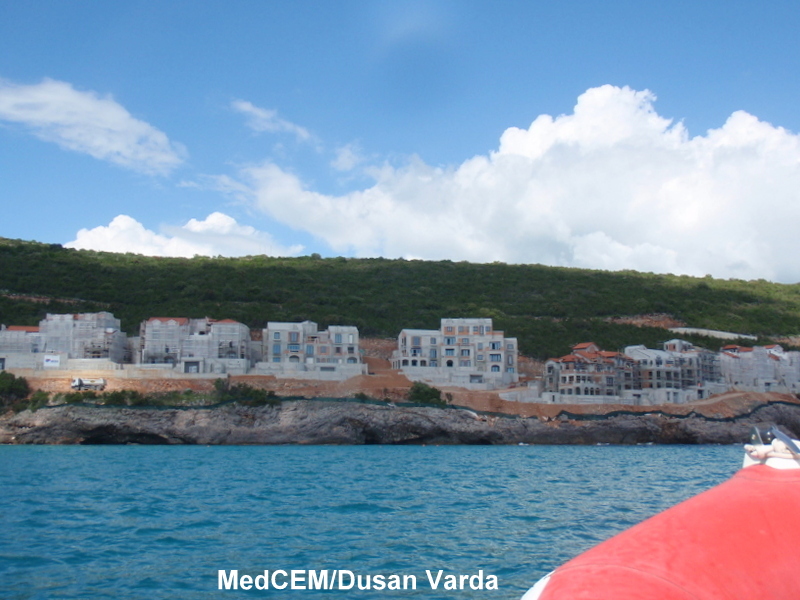

Rare and endangered species
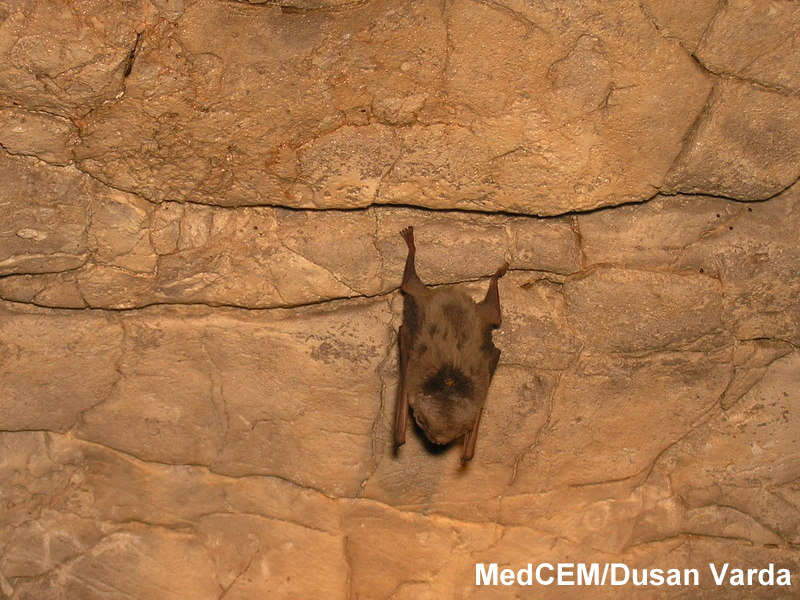
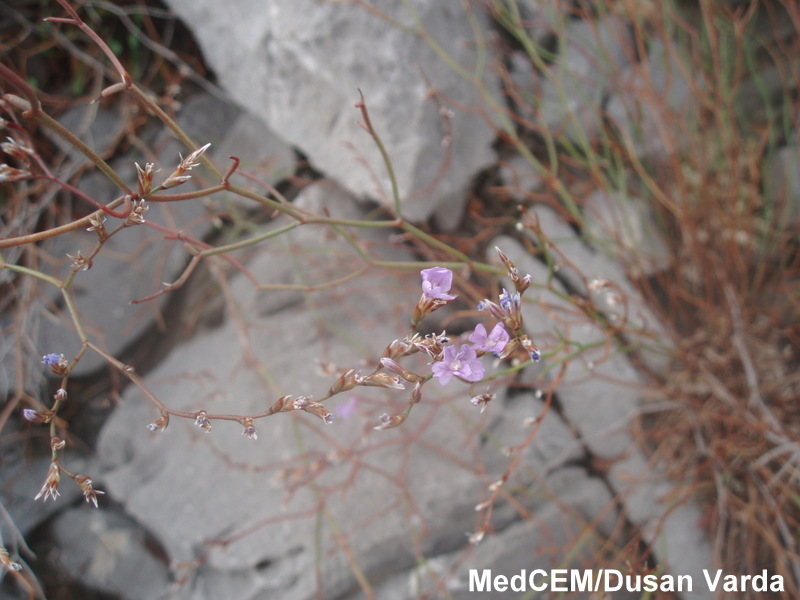

Inside the caves and on the rocky cliffs in the caves´ vicinity we found a total of 19 rare, endemic and protected species of fauna and flora:
Bats of the species Miniopterus schreibersii (picture left) and birds such as shags (picture right), kingfishers and herons
Higher plants such as the Sea Lavender (Limonium angustifolium, picture left)
and the Tree Spurge (Euphorbia dendroides, pictutre right)
Algae such as Lithophyllum byssoides (picture left)
and Cystoseira amantacea (picture right)

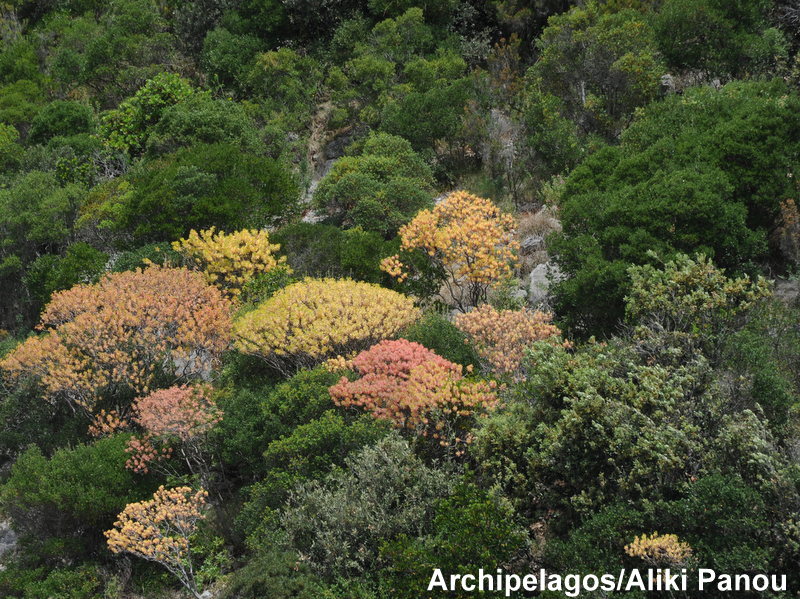

The most unexpected result
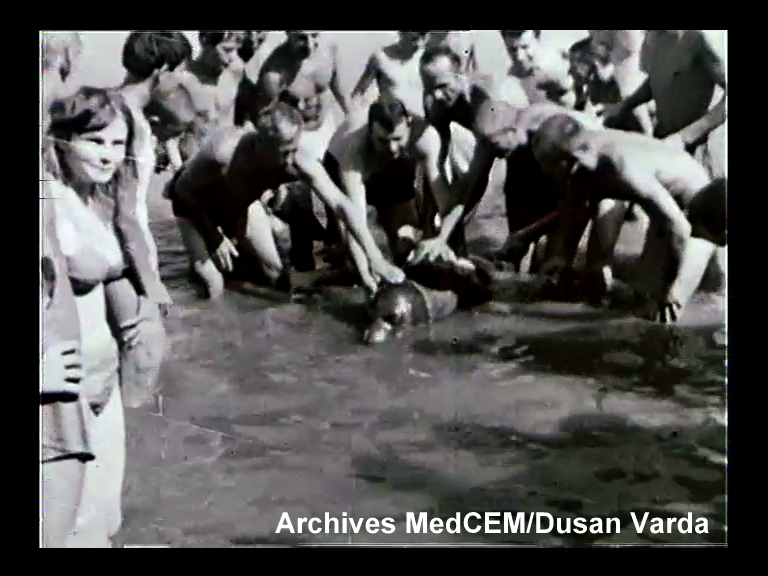
There was always the impression that the monk seal no longer existed in this area after the “last” seal was captured in the early 70´s. But after the wide publicity given to our project over these three years, we recorded 14 seal sightings witnessed by citizens, some of which were quite recent! Thus, the monk seal does still exist in these waters even if only as a visitor from nearby areas.
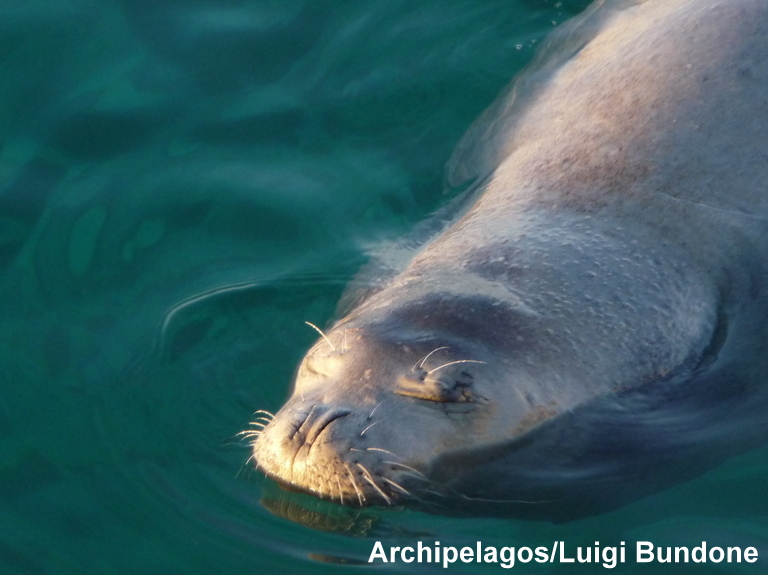


Our data prove once again how important habitats the marine caves are and point out the need for their effective protection.
Furthermore, they will contribute to the creation of the urgently needed Cave Cataster for Montenegro.
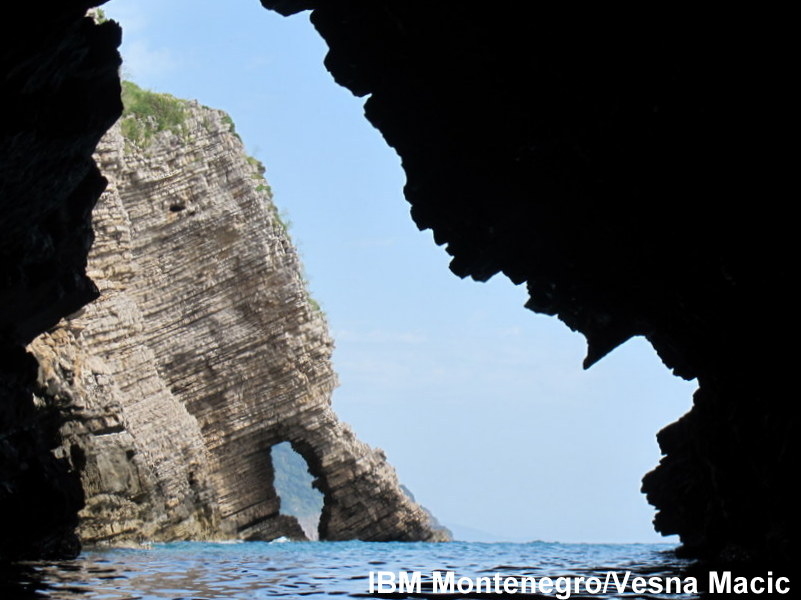




Publicity

In 2013, we created a brochure in the local language about the marine caves and their value as also about the Mediterranean monk seal, for the schools in the study area (northern Montenegro).
The brochure was distributed by Dr Vesna Mačić and her colleagues to the schools of all Municipalities of the area along with talks to the children.
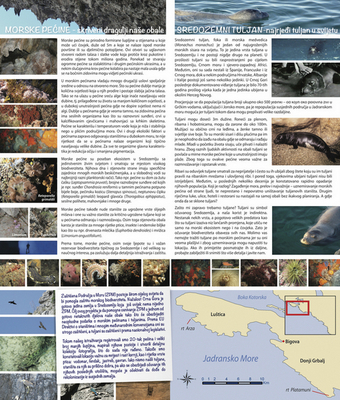

After every survey, we presented our work in an official meeting in the Institute of Marine Biology to representatives of the responsible Ministries and other official institutions and to the media.
The local media responded enthusiastically, with several articles in local newspapers and the internet.
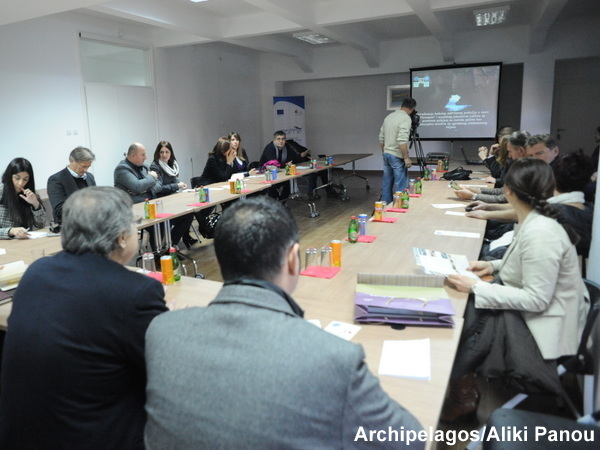
The future

We hope our work will contribute to the protection of marine caves in Montenegro and to the creation of the Marine Protected Area of Platamuni as has officially been announced. This area includes Krekavica (below), the largest and richest cave of the entire Montenegrin coastline in terms of biodiversity, but also other important habitats such as a ‘nursery’ bay for groupers finding favourable conditions to live and grow there.
